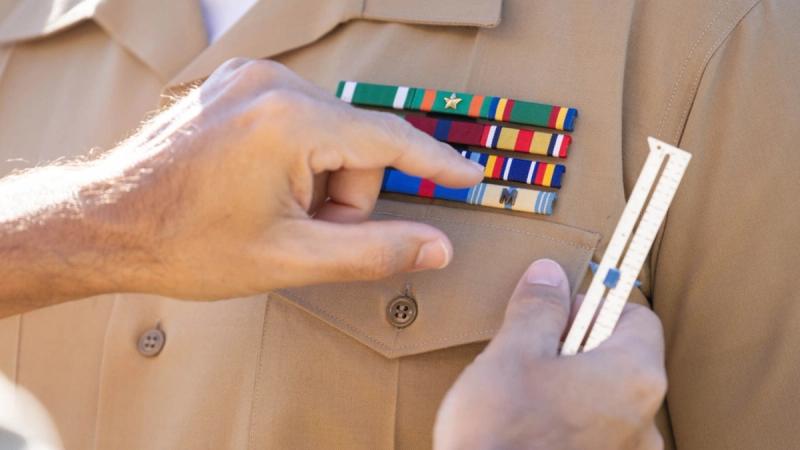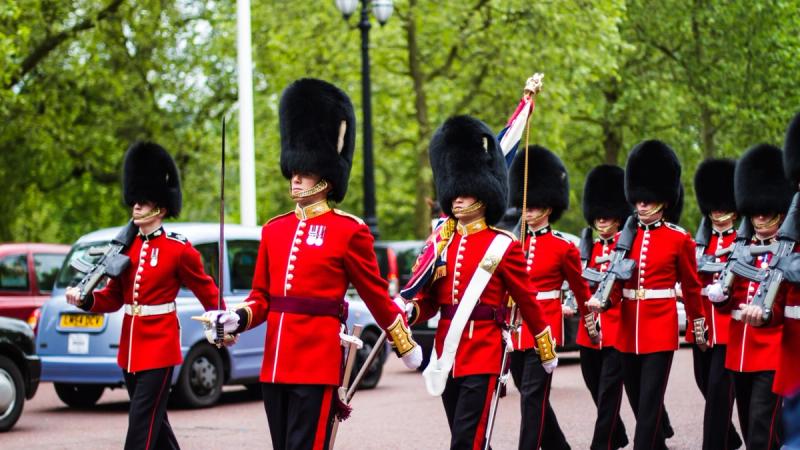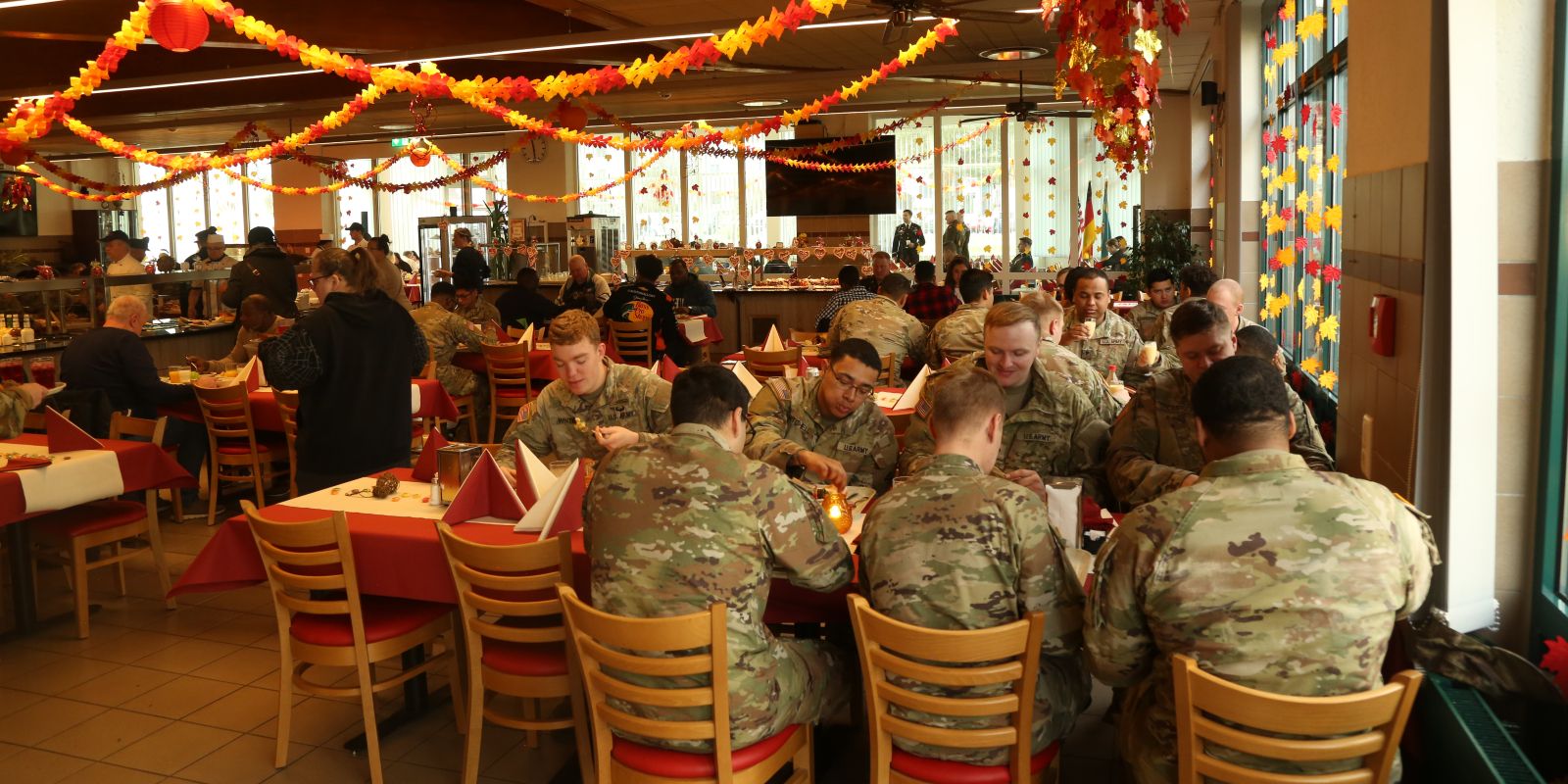EVERY AWESOME MILITARY UNIFORM FROM HISTORY YOU NEED TO SEE NOW

ADVERTISEMENT
It’s clear that all military uniforms help distinguish our honorable troops. Variations across cultures are such an interesting way to evaluate different eras and branches of a nation’s military.
From the fabric they wear to the patches they sew into their uniform, it tells stories of honor, sacrifice, and so much more. Plus, some of the uniforms are also just really cool to look at.
That’s why we've decided to take a look at some cool military uniforms from over the years. From a Ukrainian to a French military uniform, there’s a lot of variation and unique styles to see and learn about.
The Different Kinds of Military Uniforms
A lot of preparation goes into developing a military uniform. The U.S. military tests uniforms, like the Army Combat Uniform, for tensile strength and flame resistance. Endurance and functionality tests are also important to make sure a uniform protects and functions properly on the battlefield.
Military uniforms are more than just clothing—they represent discipline, honor, and national pride. Each uniform tells a story about the country’s history, values, and the evolution of its armed forces. Let’s take a look at how some of the world’s most iconic military uniforms have developed over time.

Nobody Prepared You for Military Life
But we can help. Join over 100k spouses already getting the specific advice, resources, and military tea they need to thrive.
1. U.S. Military Uniforms
The U.S. military uniform is a long-standing symbol of professionalism and commitment to service. Its origins trace back to the British Army of the 18th century, which influenced early American military attire.
In the early 20th century, the U.S. Army uniform featured bright colors for dress occasions, while Soldiers wore bronze or muted tones in the field to blend with their surroundings. Colors and insignia were used to signify rank, branch, and specialization.
World War II brought further evolution, as functionality and camouflage became priorities on the battlefield.
The U.S. Navy also underwent major uniform changes in the late 19th century. The “New Navy” era of 1898 introduced updated designs to reflect modernization. Captains’ uniforms, made from light blue cloth with gold sleeve lace, originated from patterns used in 1869. The golden lace on the cap visor, added in 1897, remains a distinctive element today.
2. French Military Uniforms
French military uniforms from 1757 had a distinct and elegant appearance. The French infantry typically wore plain white coats, including the Bourgogne Regiment, whose uniforms resembled those of the general infantry.
White was not only striking but also cost-effective, as it avoided the expense of dyeing fabrics. Despite its simplicity, the all-white look became a signature of the French Army during this period.
3. Russian Military Uniforms
Russian military uniforms have changed dramatically through the centuries, varying by rank, season, and gender. The Russian Navy, in particular, features different uniforms for summer and winter.
Traditional colors include navy blue, white, and black, often paired with the famous telnyashka—a white-and-blue striped undershirt that remains a proud symbol of Russian naval identity.

ADVERTISEMENT
4. German Military Uniforms
The imperial German military uniform (1842 to 1918) has to be another mention on this list.
During this time, the “Waffenrock,” which was a service member’s tunic, was worn by most foot units. But the color and look always varied by regiment. They had Red Swedish, Black Swedish, Ponceau Red, White Piping, and so much more.
When we say it always varies by regiment, believe us. Not only the color but also the style is different from one another. It might have minor similarities, but each look is unique.
5. Ukrainian Military Uniform
Ukraine’s military uniforms have undergone significant modernization. In the 1980s, the Army used the “Dubok” uniform, which offered poor camouflage and quickly became outdated. By 2014, it was replaced by the “Geleteyka,” named after former Defense Minister Valery Geletey.
In 2016, Ukraine introduced an updated design inspired by British military styles. The new pixelated camouflage offers better concealment, and the cap features a Ukrainian Cossack insignia holding a cross—a proud nod to the nation’s heritage and resilience.

6. British Military Uniforms
No discussion of military uniforms would be complete without the iconic British Foot Guards. Known for their bright red coats and tall bearskin hats, these uniforms are instantly recognizable worldwide. The gold chin strap adds both distinction and functionality, helping to identify rank and regiment.
British military attire reflects a deep sense of tradition and ceremony, combining practicality with the country’s enduring influence on military fashion.
ADVERTISEMENT
Military Uniforms: Symbols of Pride & Purpose
All of these military uniforms have undergone many changes over the years, as they had to adapt and evolve to meet each service member’s needs.
To the untrained eye, these military uniforms may seem like simple garments, but in reality, they aren't. Every patch, color, and insignia tells a story of pride, sacrifice, and national character.
Read next:
- Meet the New Army Pink and Green Uniform
- U.S. Military Dress Uniforms: What Each Branch Wears to Look Their Best
- Rare US Military Uniforms: A Historical Farewell
Sources:

Veteran, Military History & Culture Writer
BY ALLISON KIRSCHBAUM
Navy Veteran
Allison Kirschbaum is a Navy Veteran and an experienced historian. She has seven years of experience creating compelling digital content across diverse industries, including Military, Defense, History, SaaS, MarTech, FinTech, financial services, insurance, and manufacturing. She brings this expertis...
Credentials
- Navy Veteran
- 7 years experience in digital content creation
- Expertise across Military, Defense, History, SaaS, MarTech, FinTech industries
Expertise



